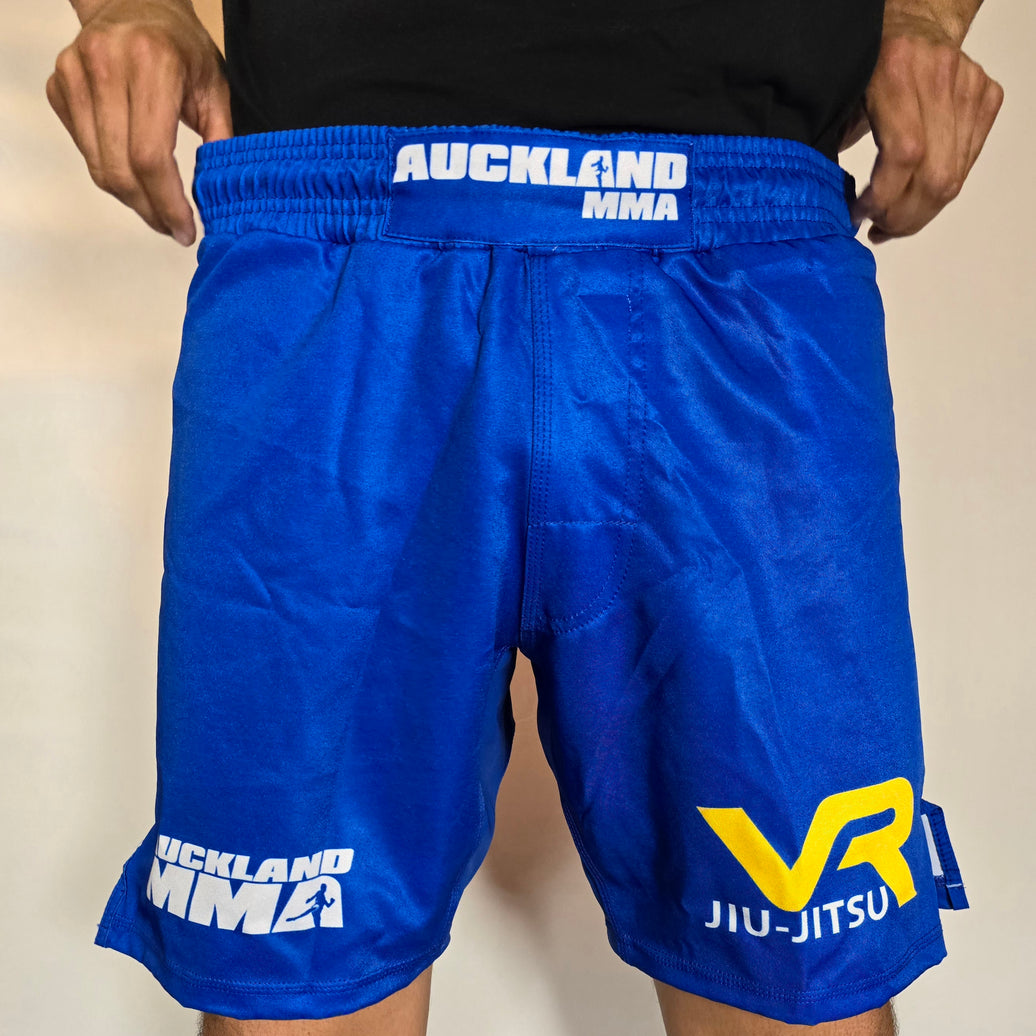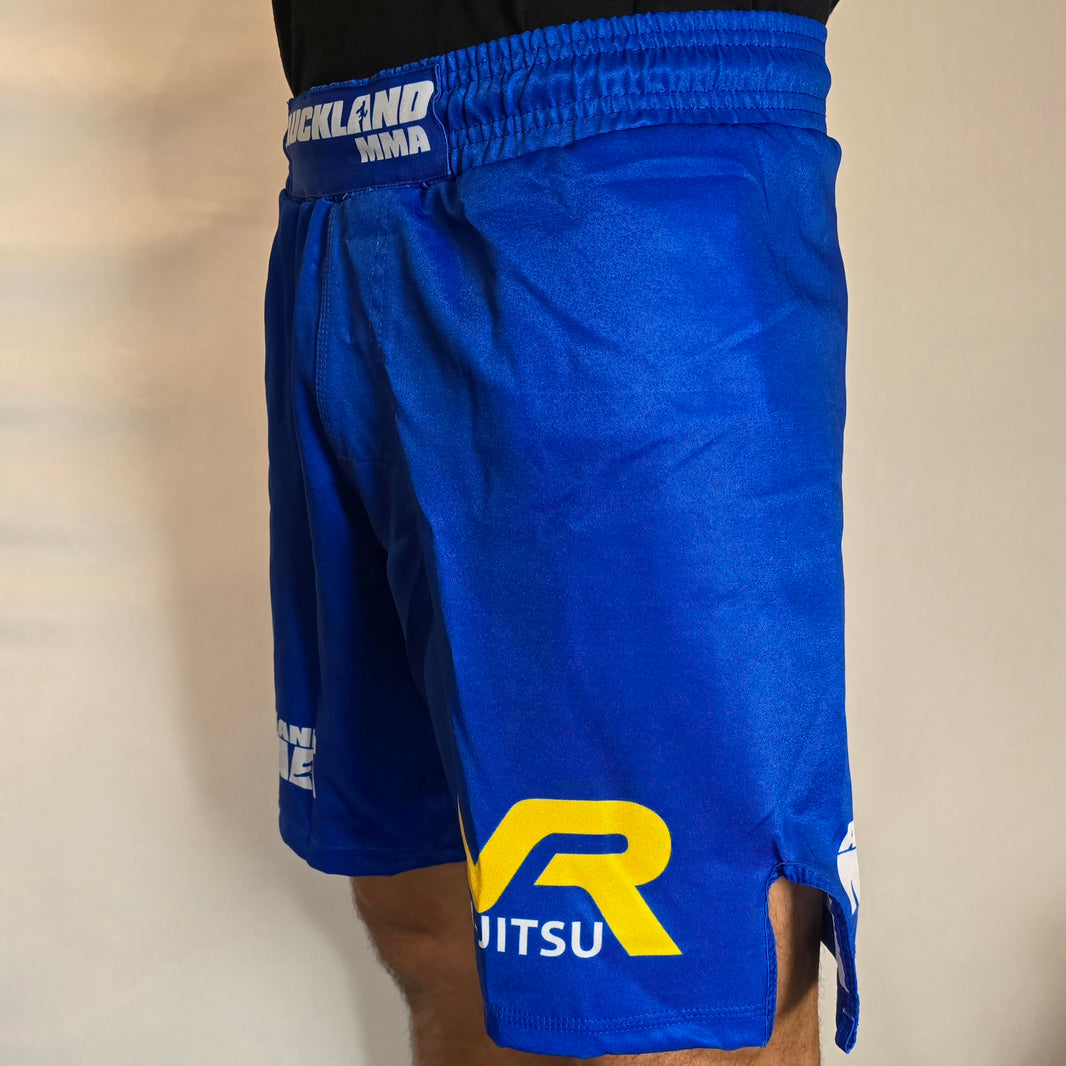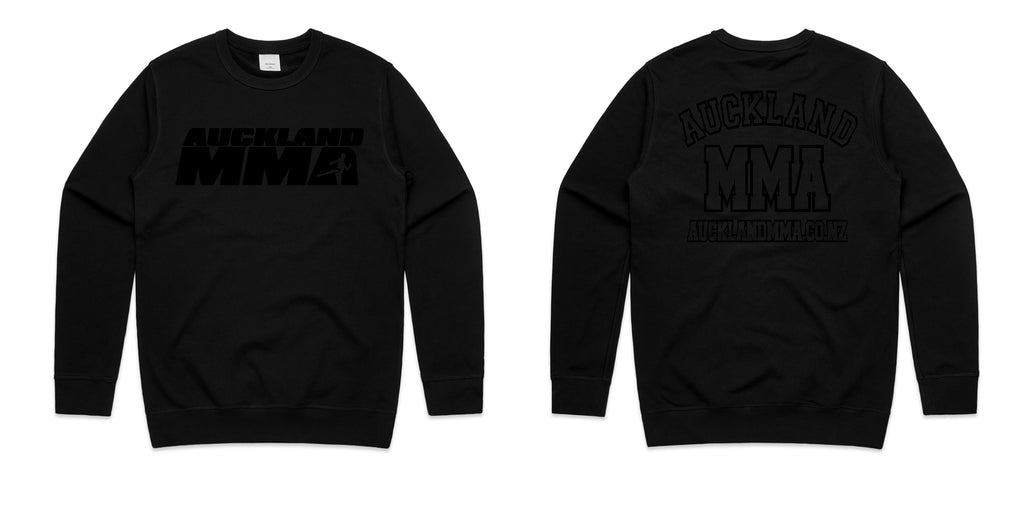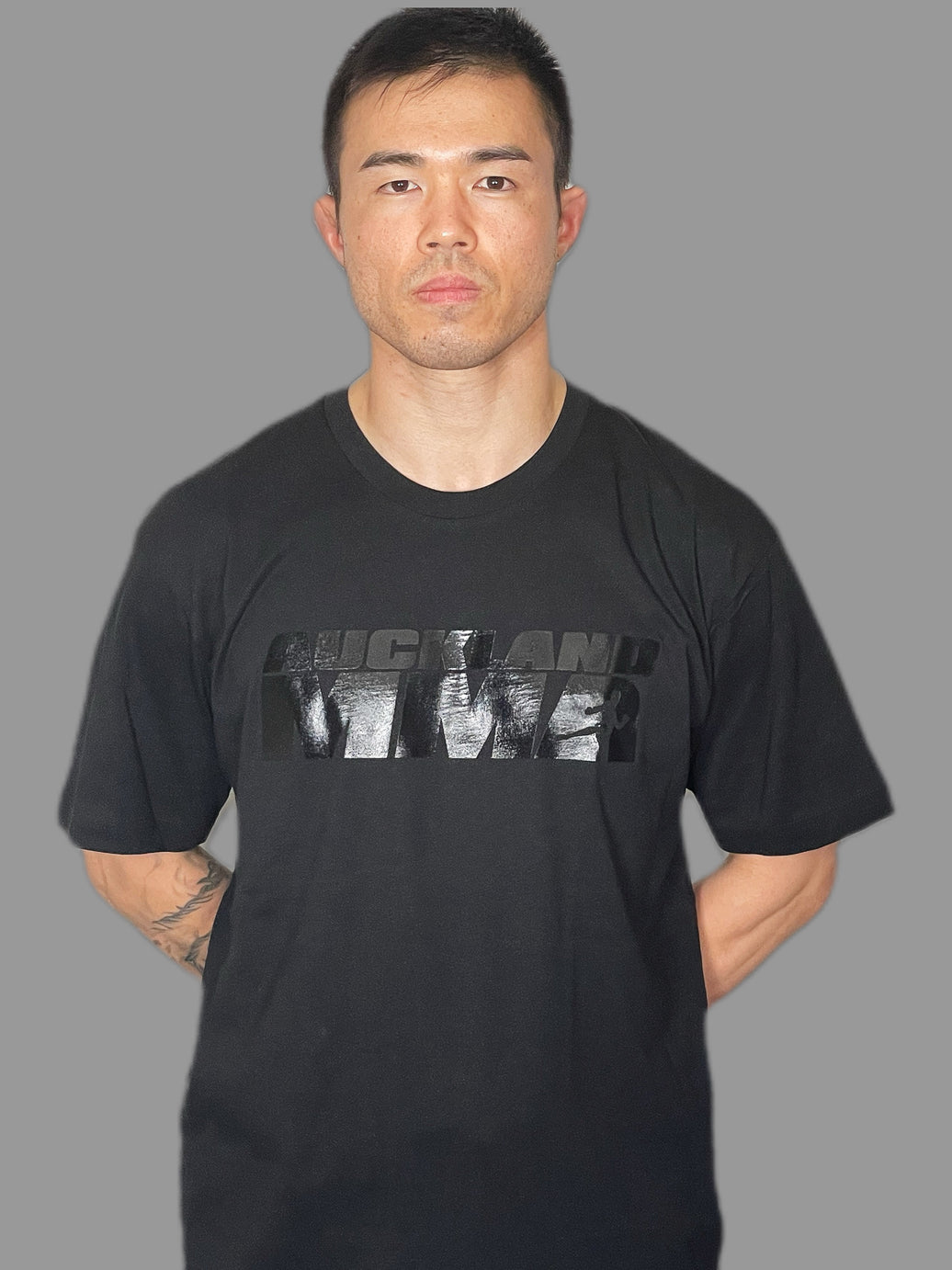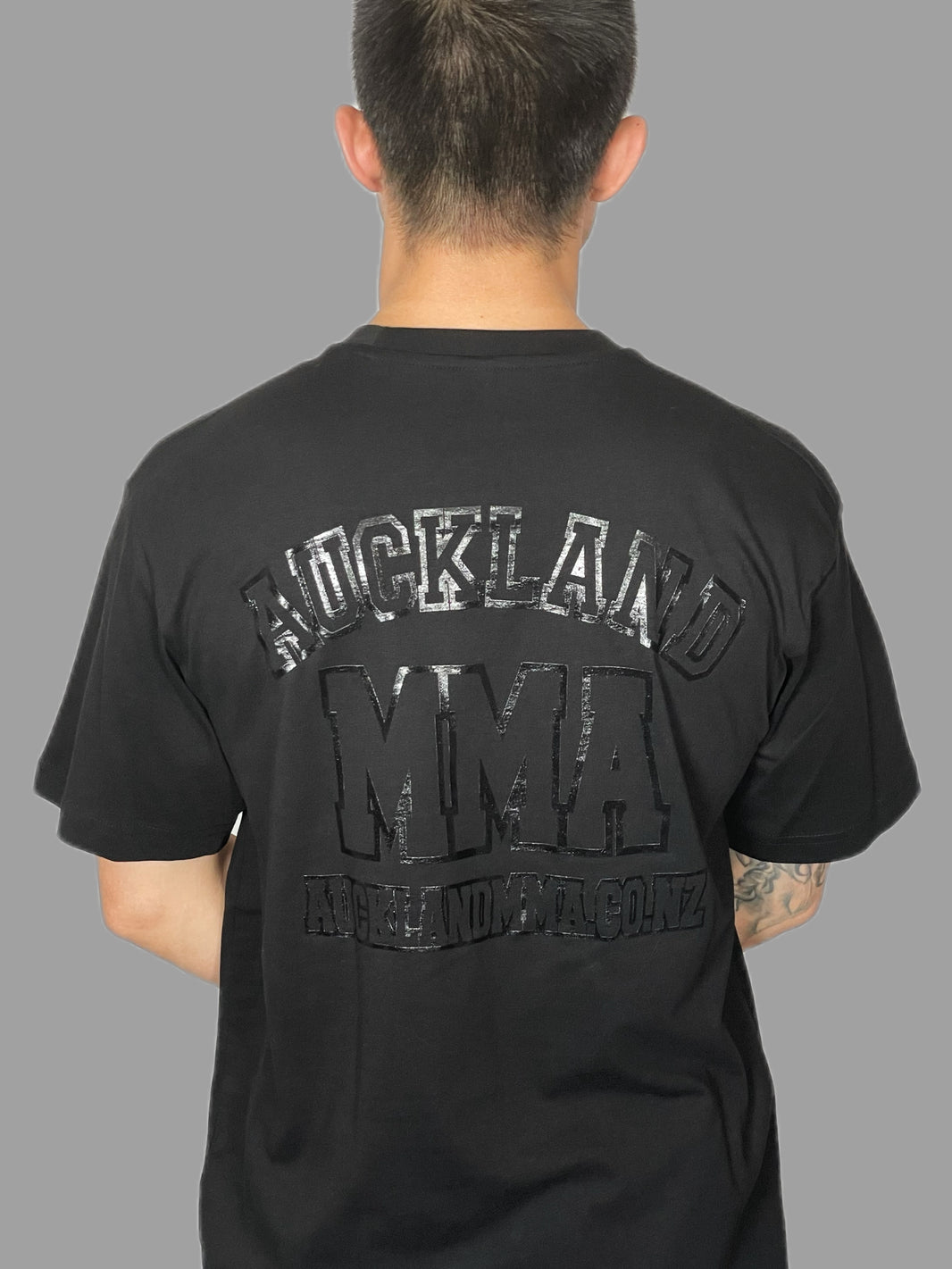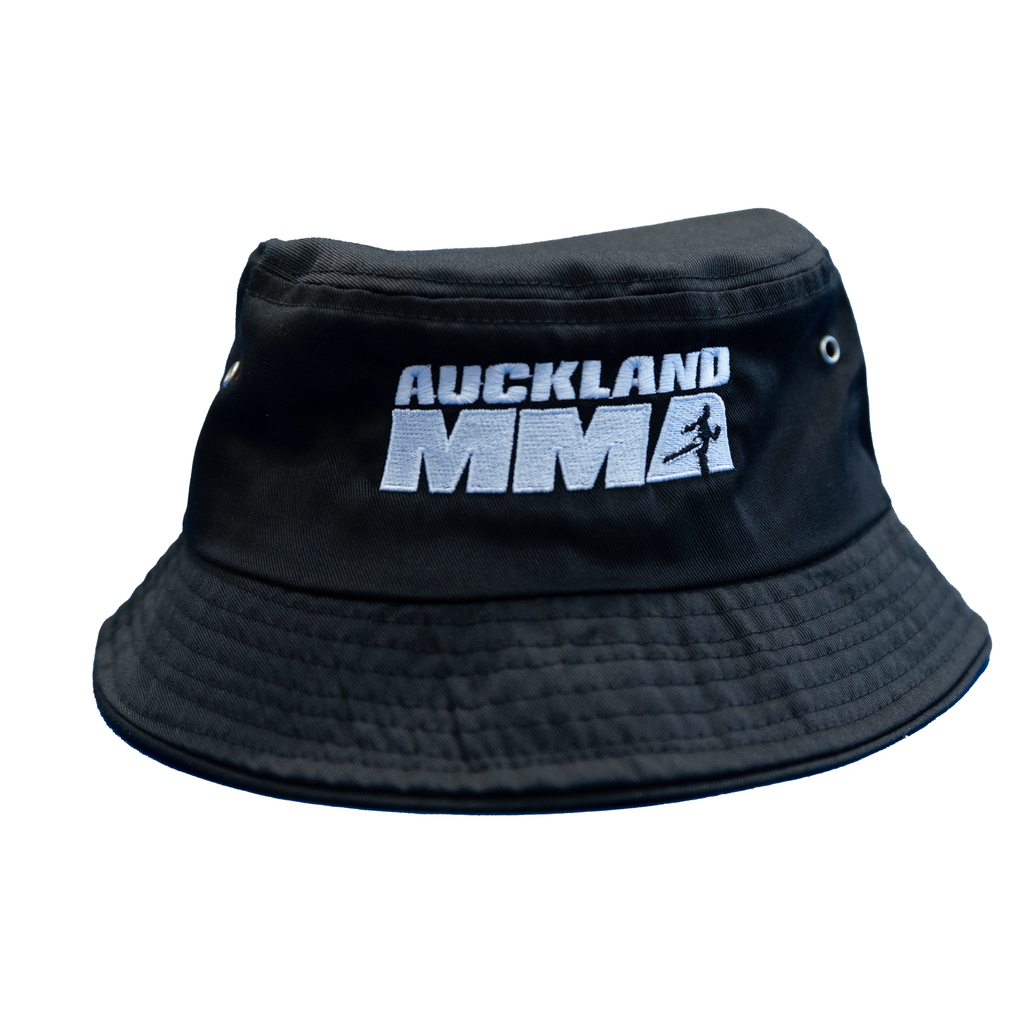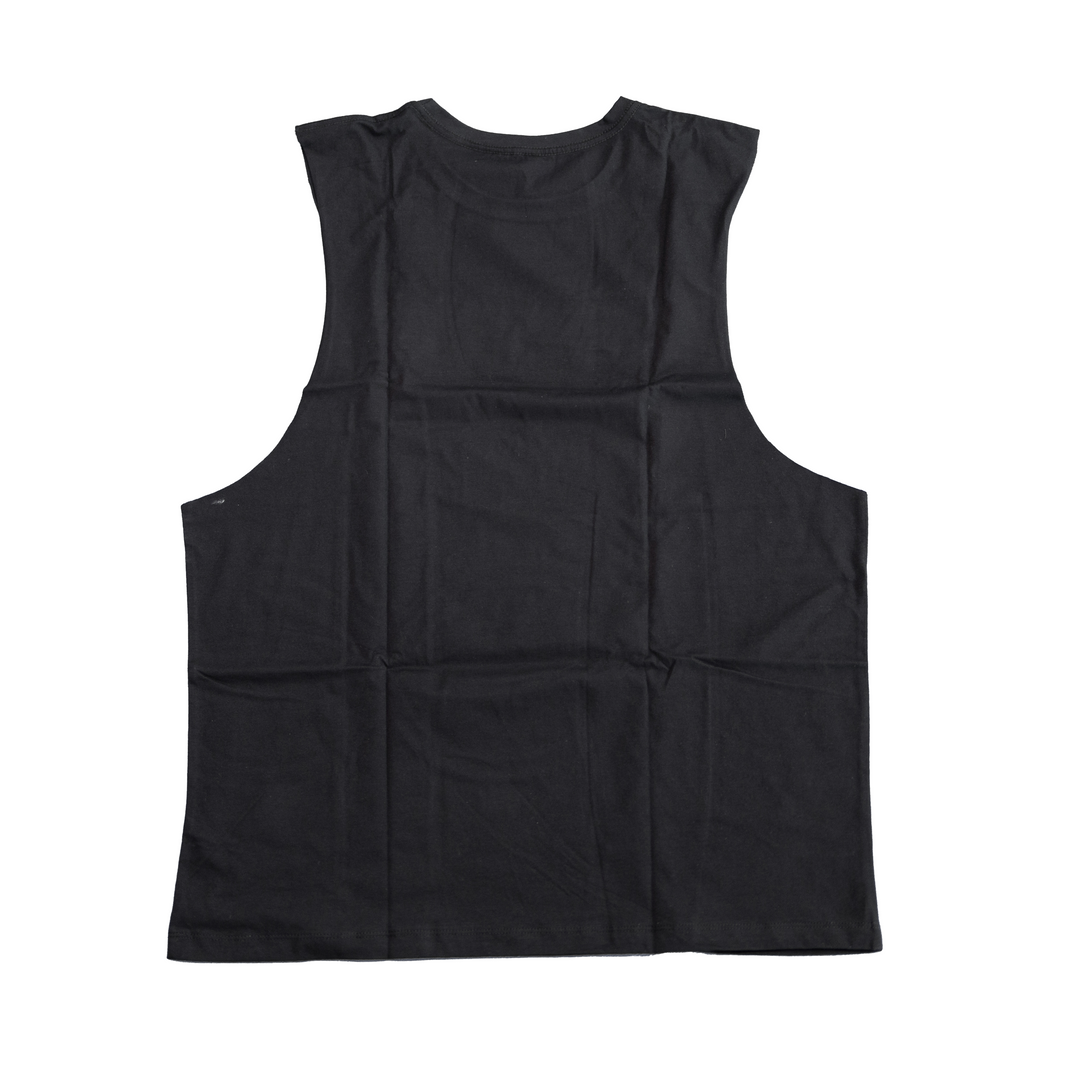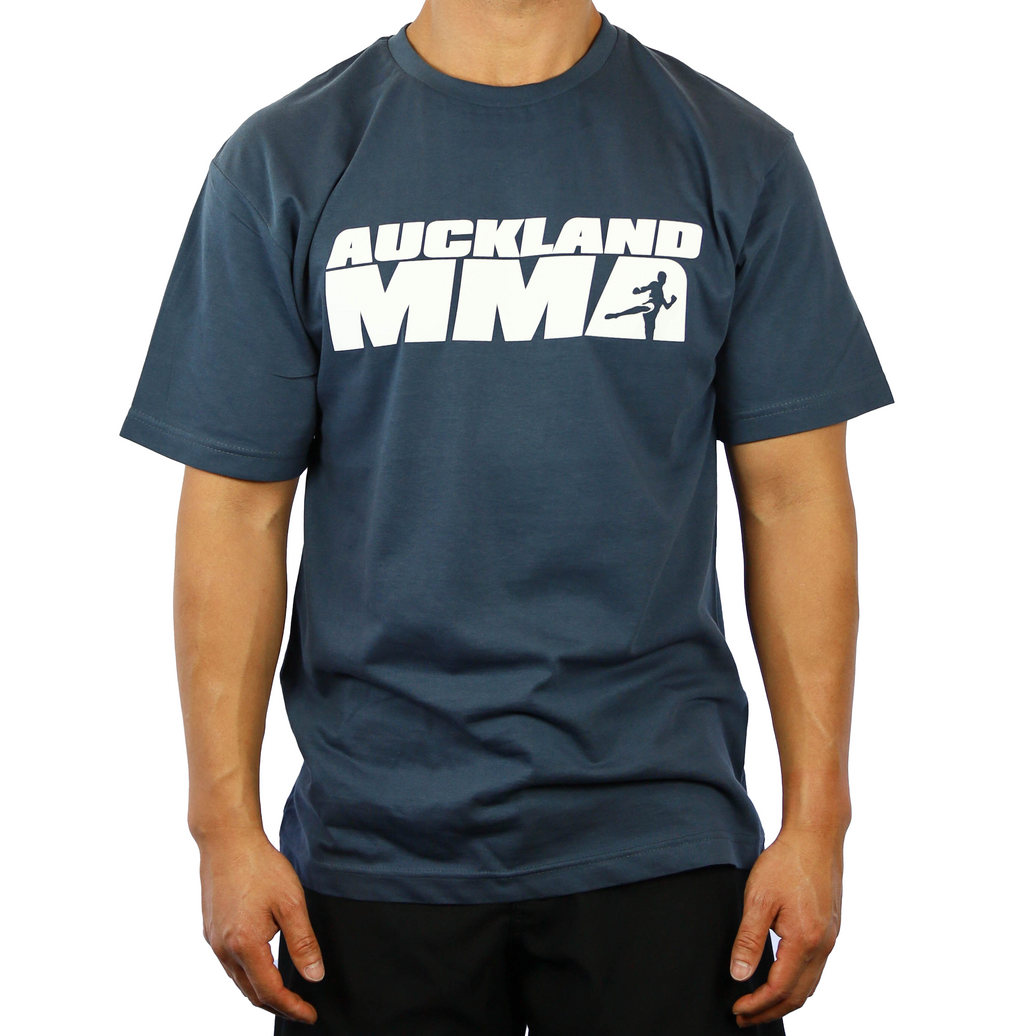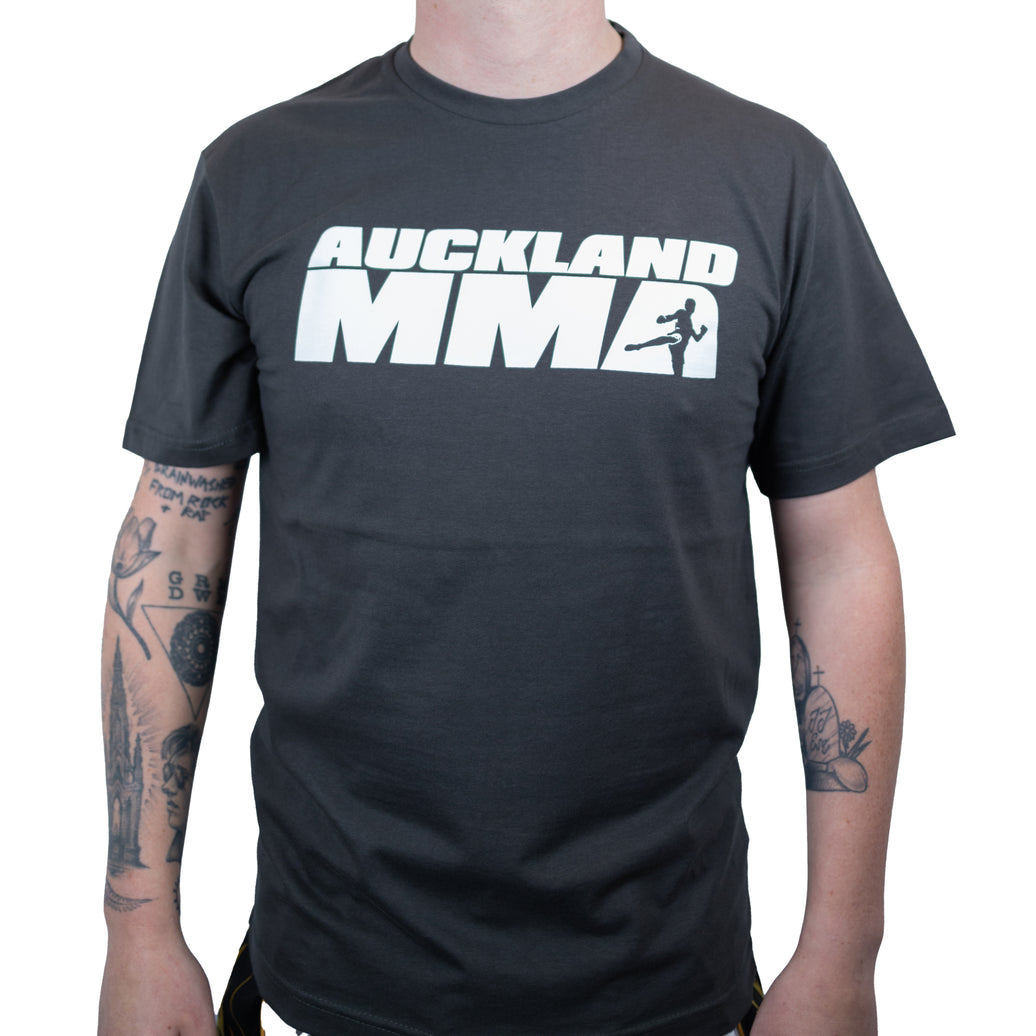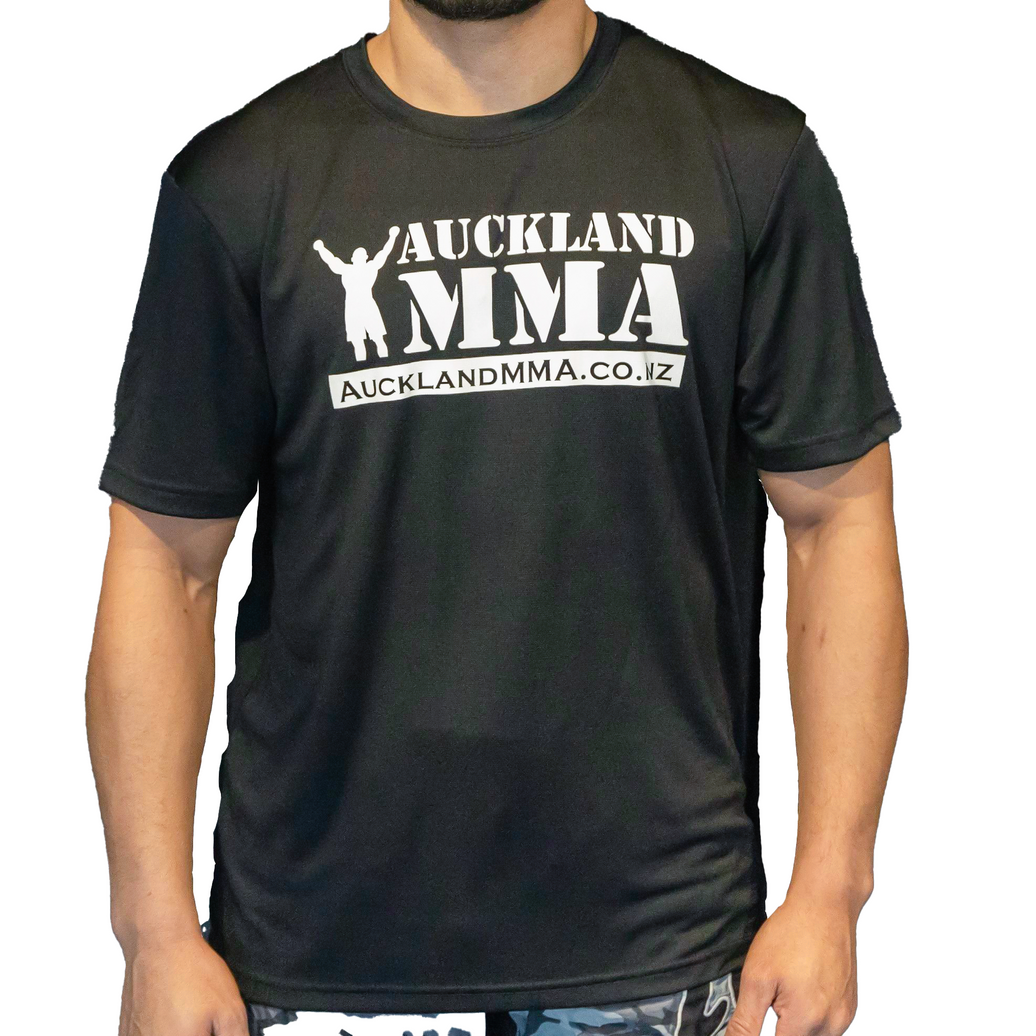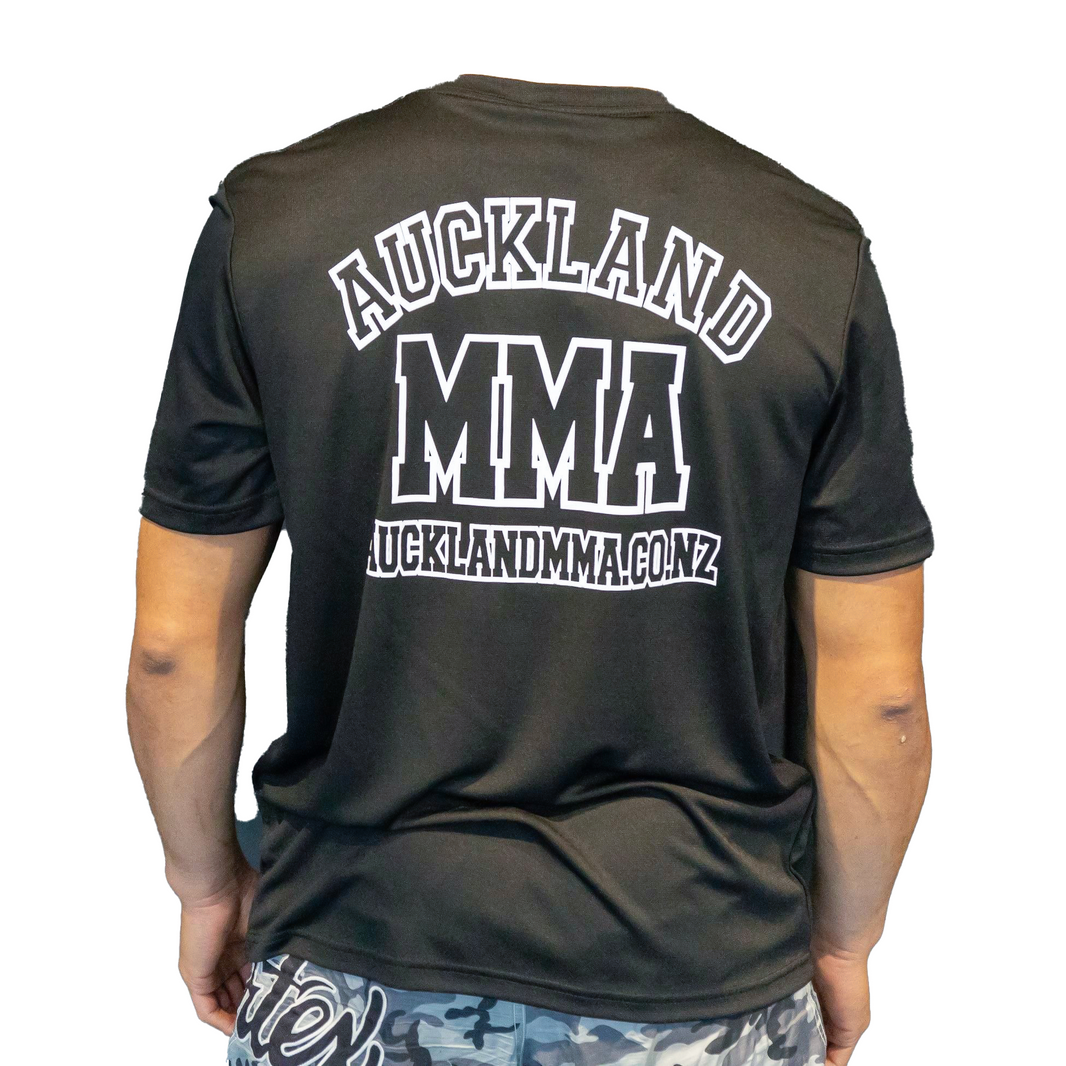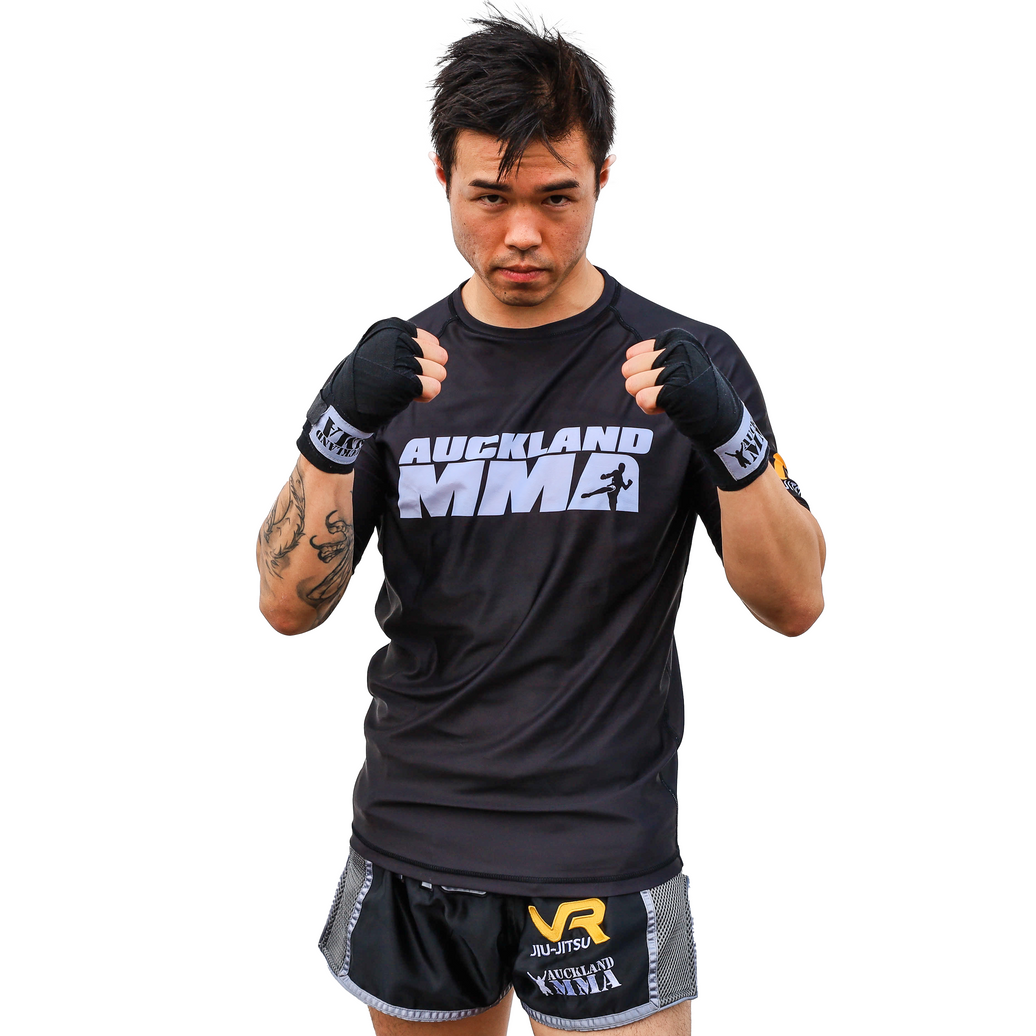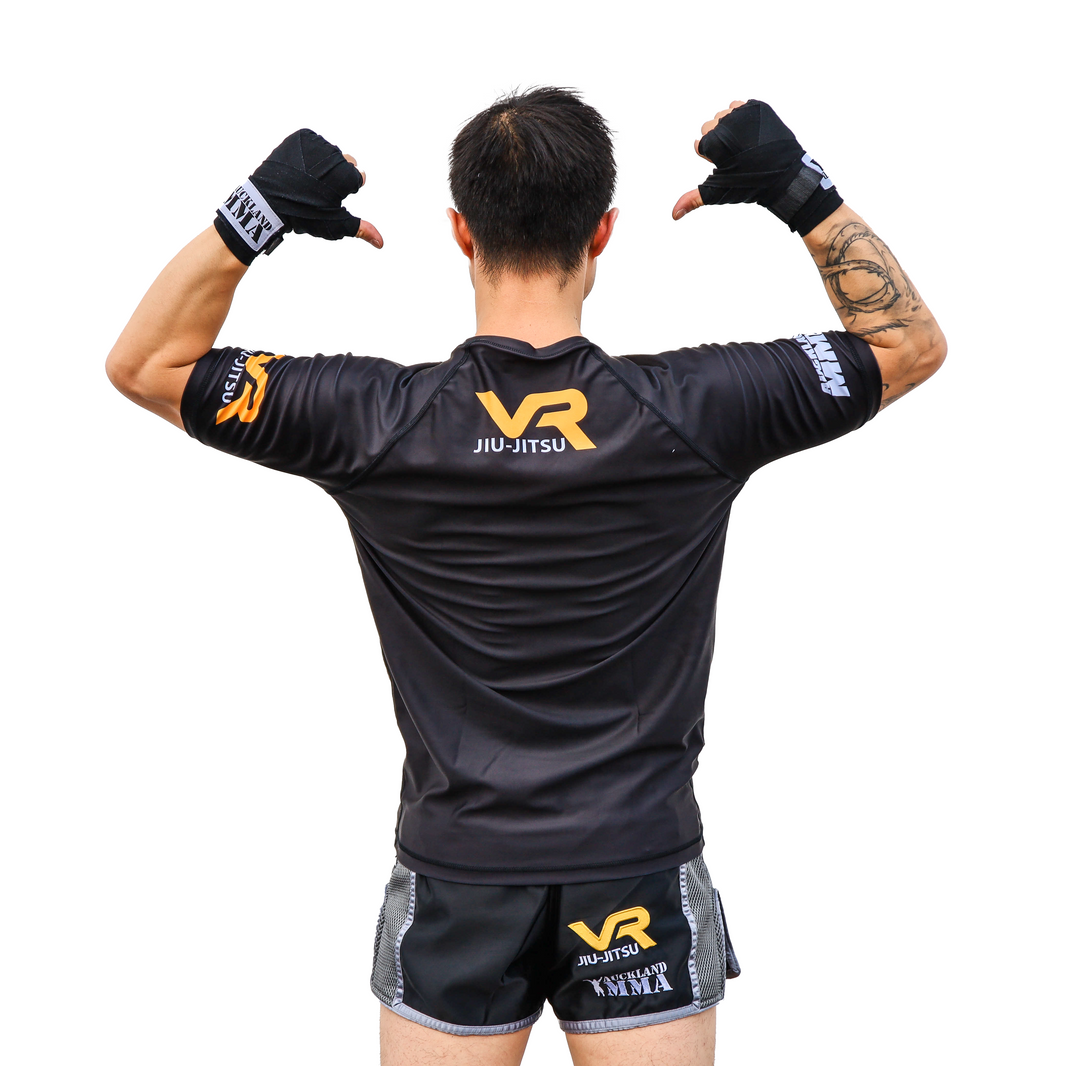When it comes to choosing headgear for combat sports or martial arts, one common debate is whether to go with open face or closed face headgear. Both styles have their advantages and disadvantages, and the best choice depends on various factors including the type of sport, level of protection needed, and personal preference. In this blog, we will explore the pros and cons of each type to help you make an informed decision.
Open Face Headgear

Open face headgear, as the name suggests, leaves the face exposed while providing protection to the forehead, sides, and back of the head. This type of headgear is often favored in sports like boxing and Muay Thai, where visibility and mobility are crucial.
Pros:
-
Enhanced Visibility: One of the primary benefits of open face headgear is the improved field of vision it offers. This is particularly important in sports where peripheral vision can make a significant difference in performance. Fighters can see punches and kicks coming from all angles, allowing for better defensive maneuvers.
-
Better Breathability: Open face designs allow for better airflow, reducing the likelihood of overheating during intense training sessions. This can be particularly beneficial during long sparring sessions or in hot training environments.
-
Reduced Weight: Without the additional padding and face bars, open face headgear is generally lighter, which can improve comfort and reduce neck strain over extended periods of use.
Cons:
-
Less Facial Protection: The most obvious downside is the lack of protection for the face. Fighters are more susceptible to cuts, bruises, and potential injuries to the nose, mouth, and eyes.
-
Potential for More Serious Injuries: With less facial protection, there is a higher risk of sustaining serious injuries from powerful strikes. This makes open face headgear less suitable for beginners or those involved in heavy sparring.
Closed Face Headgear

Closed face headgear provides comprehensive protection, often including a face bar or cage that covers the nose and mouth. This type of headgear is commonly used in MMA, karate, and other combat sports where full-contact strikes to the face are frequent.
Pros:
-
Superior Protection: The most significant advantage of closed face headgear is the enhanced protection it offers. The face bar or cage helps to shield the nose, mouth, and eyes from direct impact, reducing the risk of cuts, bruises, and fractures.
-
Ideal for Beginners: For those new to combat sports, closed face headgear provides a higher level of safety, allowing beginners to build confidence without worrying too much about facial injuries.
-
Suitable for Heavy Sparring: Closed face headgear is often the go-to choice for intense sparring sessions, where the likelihood of hard strikes is higher. The added protection can help reduce the risk of concussions and other head injuries.
Cons:
-
Reduced Visibility: One of the main drawbacks is the potential reduction in visibility. The face bar or cage can obstruct peripheral vision, making it harder to see incoming strikes from the sides.
-
Increased Heat and Weight: Closed face headgear tends to be heavier and less breathable, which can lead to discomfort and overheating during prolonged use. This can be particularly challenging in hot training environments.
-
Restricted Movement: The added bulk of closed face headgear can limit head movement, potentially impacting a fighter's agility and defensive maneuvers.
Conclusion
In conclusion, the choice between open face and closed face headgear ultimately comes down to personal preference, level of experience, and the specific requirements of the sport. Open face headgear offers better visibility, breathability, and comfort, making it ideal for sports like boxing and Muay Thai. However, it provides less protection, which can be a concern for beginners or those involved in heavy sparring.
On the other hand, closed face headgear provides superior protection, making it suitable for beginners and intense sparring sessions. However, it can be heavier, less breathable, and may restrict visibility and movement.
Ultimately, it's essential to consider your own needs and preferences, and perhaps try out both types to see which one feels more comfortable and effective for your training or competition.


